County: Arkansas
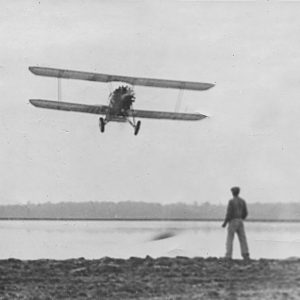 Aerial Seeding
Aerial Seeding
Almyra (Arkansas County)
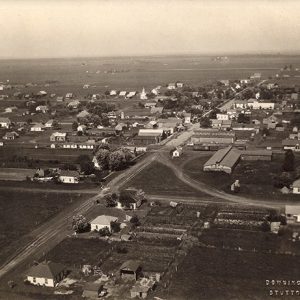 Almyra Aerial View
Almyra Aerial View
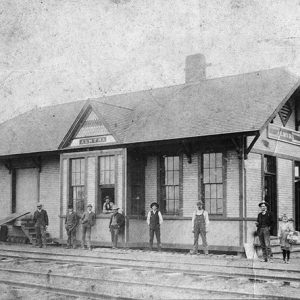 Almyra Depot
Almyra Depot
 Almyra Aerial View
Almyra Aerial View
 Almyra Airport
Almyra Airport
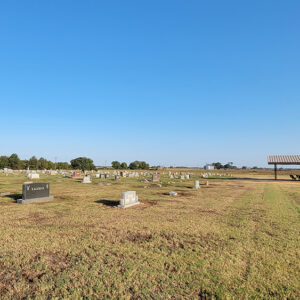 Almyra Cemetery
Almyra Cemetery
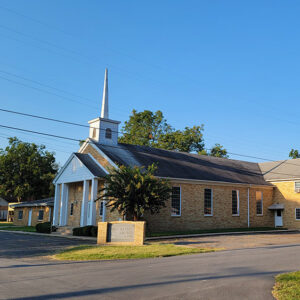 Almyra Church
Almyra Church
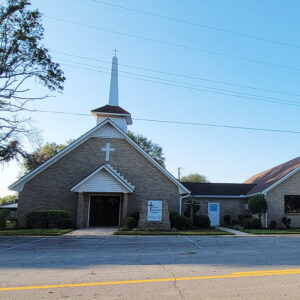 Almyra Church
Almyra Church
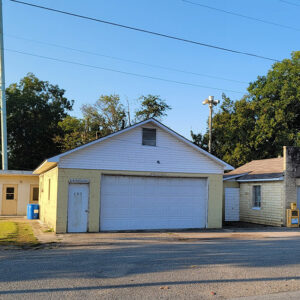 Almyra Fire Department
Almyra Fire Department
 Almyra Parade
Almyra Parade
 Almyra Post Office
Almyra Post Office
 Almyra Street Scene
Almyra Street Scene
 Almyra Street Scene
Almyra Street Scene
 Almyra Street Scene
Almyra Street Scene
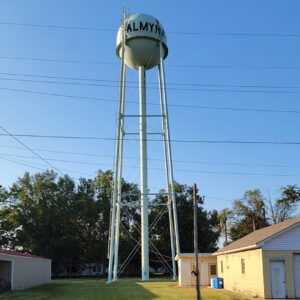 Almyra Water Tower
Almyra Water Tower
Arkansas County
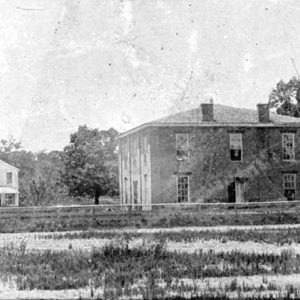 Arkansas County Courthouse
Arkansas County Courthouse
Arkansas County Courthouse, Northern District
 Arkansas County Courthouse, Northern District
Arkansas County Courthouse, Northern District
Arkansas County Courthouse, Southern District
 Arkansas County Courthouse, Southern District
Arkansas County Courthouse, Southern District
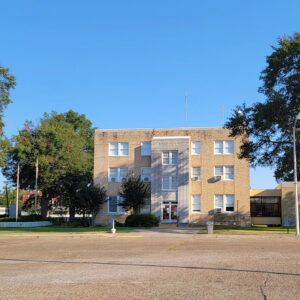 Arkansas County Courthouse, Southern District
Arkansas County Courthouse, Southern District
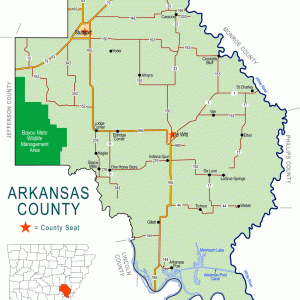 Arkansas County Map
Arkansas County Map
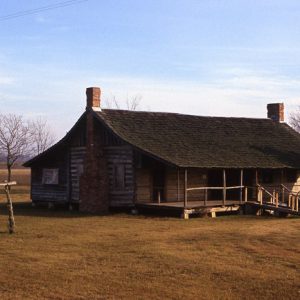 Arkansas County Museum
Arkansas County Museum
Arkansas Post
 Arkansas Post; 1689
Arkansas Post; 1689
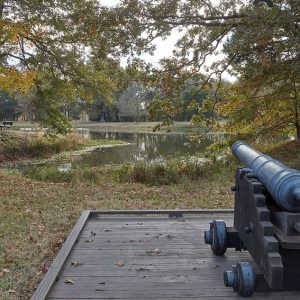 Arkansas Post Cannon
Arkansas Post Cannon
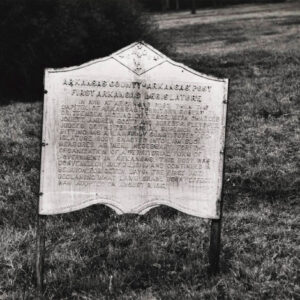 Arkansas Post First Legislature Marker
Arkansas Post First Legislature Marker
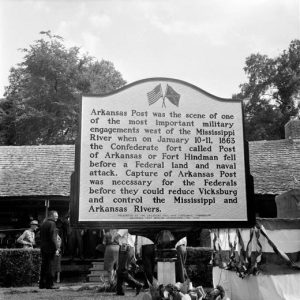 Arkansas Post Marker
Arkansas Post Marker
Arkansas Post Museum
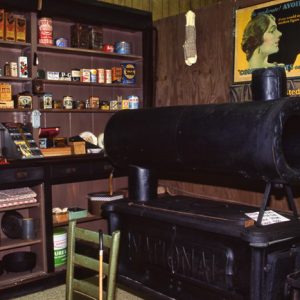 Arkansas County Museum Displays
Arkansas County Museum Displays
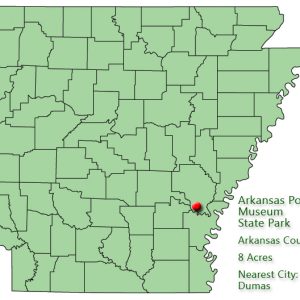 Arkansas Post Museum State Park: Park Location
Arkansas Post Museum State Park: Park Location
Arkansas Post National Memorial
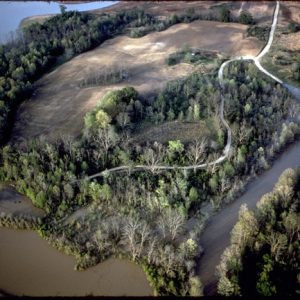 Arkansas Post National Memorial
Arkansas Post National Memorial
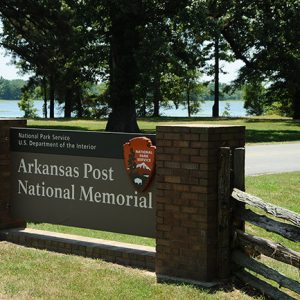 Arkansas Post National Memorial
Arkansas Post National Memorial
 Entering Arkansas Post National Memorial
Entering Arkansas Post National Memorial
 Arkansas Post Overlook
Arkansas Post Overlook
Arkansas Post, Battle of
aka: Battle of Fort Hindman
aka: Battle of Post of Arkansas
Audubon, John James
 Battle of Arkansas Post
Battle of Arkansas Post
 Battle of Arkansas Post
Battle of Arkansas Post
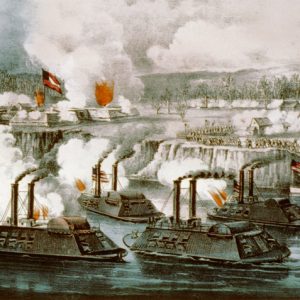 Battle of Arkansas Post
Battle of Arkansas Post
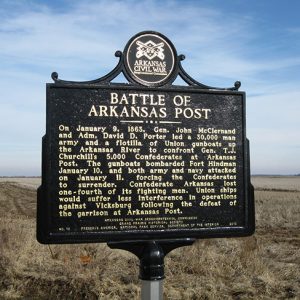 Battle of Arkansas Post Marker
Battle of Arkansas Post Marker
Berry, Marion
 Marion Berry
Marion Berry
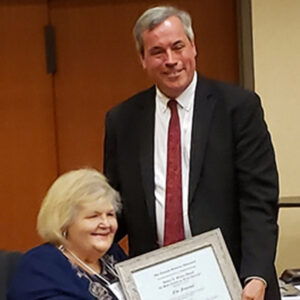 Mary Jeanne Black
Mary Jeanne Black




